Archives
- 2025-12
- 2025-11
- 2025-10
- 2025-09
- 2025-04
- 2025-03
- 2025-02
- 2025-01
- 2024-12
- 2024-11
- 2024-10
- 2024-09
- 2024-08
- 2024-07
- 2024-06
- 2024-05
- 2024-04
- 2024-03
- 2024-02
- 2024-01
- 2023-12
- 2023-11
- 2023-10
- 2023-09
- 2023-08
- 2023-07
- 2023-06
- 2023-05
- 2023-04
- 2023-03
- 2023-02
- 2023-01
- 2022-12
- 2022-11
- 2022-10
- 2022-09
- 2022-08
- 2022-07
- 2022-06
- 2022-05
- 2022-04
- 2022-03
- 2022-02
- 2022-01
- 2021-12
- 2021-11
- 2021-10
- 2021-09
- 2021-08
- 2021-07
- 2021-06
- 2021-05
- 2021-04
- 2021-03
- 2021-02
- 2021-01
- 2020-12
- 2020-11
- 2020-10
- 2020-09
- 2020-08
- 2020-07
- 2020-06
- 2020-05
- 2020-04
- 2020-03
- 2020-02
- 2020-01
- 2019-12
- 2019-11
- 2019-10
- 2019-09
- 2019-08
- 2019-07
- 2019-06
- 2019-05
- 2019-04
- 2018-07
-
Recent studies have reported that
2020-11-09
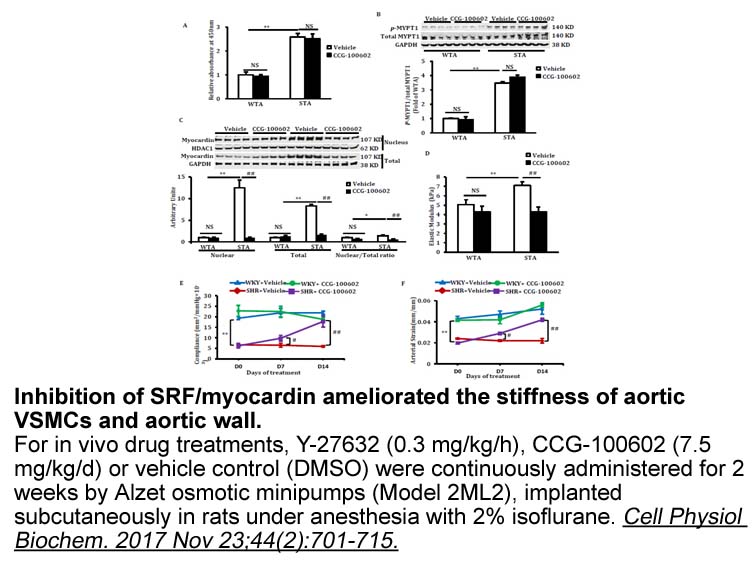
Recent studies have reported that miR-454 plays an important role in various cellular processes and diseases, such as inflammation, infection, osteogenic differentiation, and cancers [25,27,29,30]. Multiple evidence has documented that miR-454 promotes the proliferation, migration and invasion, and
-
The assembly and maturation of invadopodia can be initiated
2020-11-09
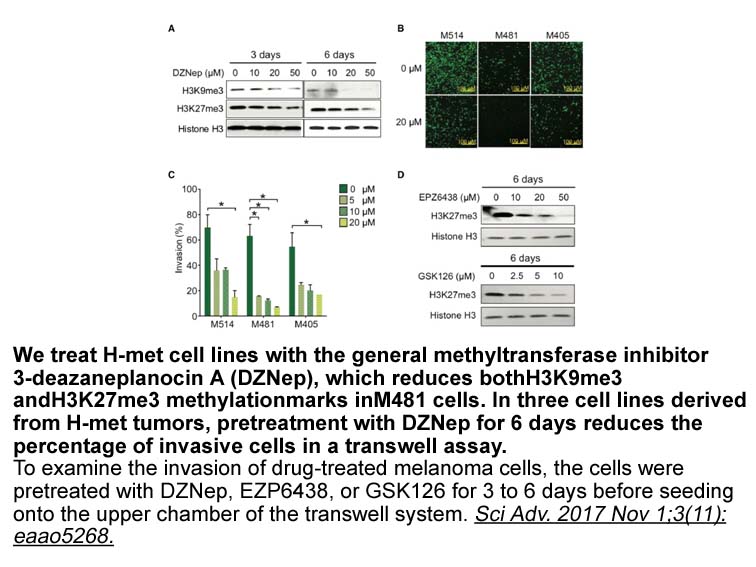
The assembly and maturation of invadopodia can be initiated by chemical stimuli such as the epidermal growth factor (EGF), as well as the mechanical signals from extracellular matrix (ECM). Upon binding, EGF activates the EGF receptor (EGFR), which further activates several intracellular signaling p
-
is one of the few parasites that can be encysted
2020-11-09
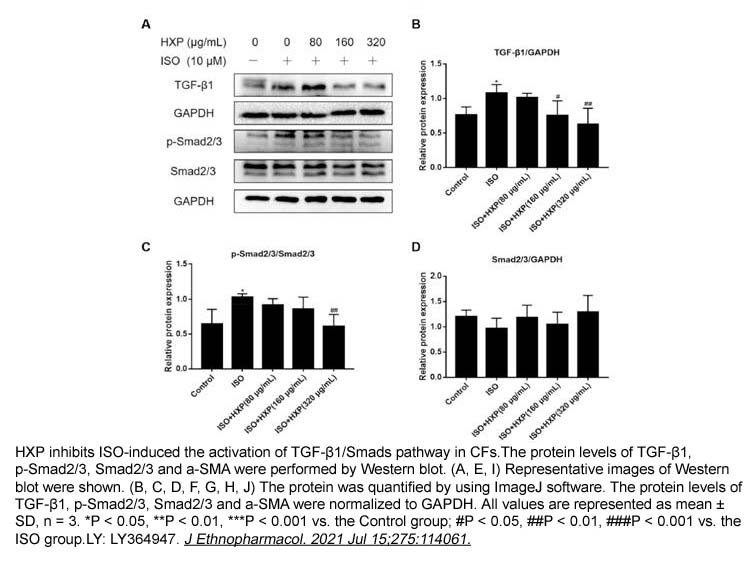
is one of the few parasites that can be encysted and excysted and we tested the localization and role of HA-tagged gEno in both differentiations, using a recently developed integrated vector that introduces a C-terminal triple HA tag under the selection marker puromycin . The localization of HA-ta
-
The hepatic cytochrome P CYP superfamily is essential
2020-11-09
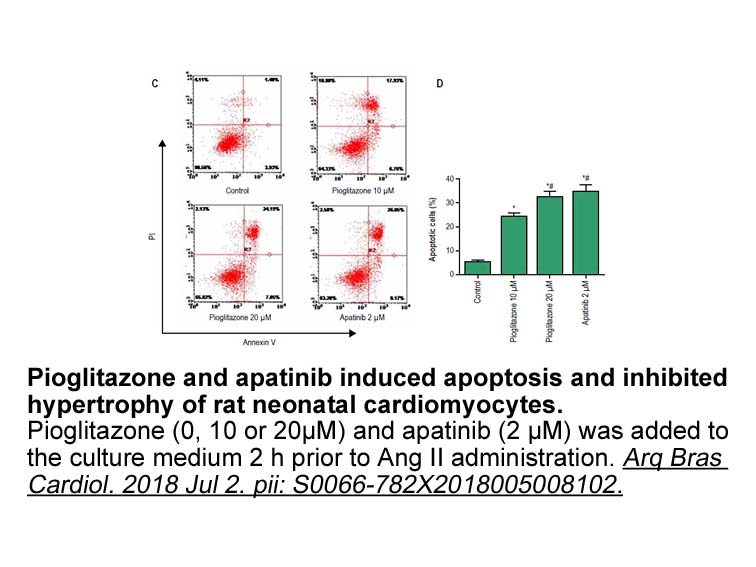
The hepatic cytochrome P450 (CYP450) superfamily is essential for metabolising foreign chemicals, fatty acids, vitamins, hormones and other compounds and consists of 18 subfamilies (Uno et al., 2012). The number of discovered CYP genes is increasing as a result of intense work with CYP450 gene struc
-
TAK-632 sale Advances in the total chemical synthesis of
2020-11-09
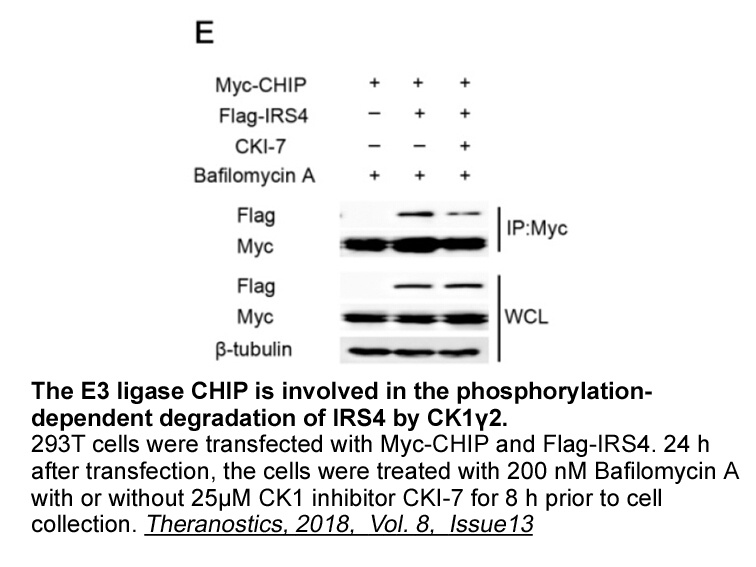
Advances in the total chemical synthesis of ubiquitin have enabled the efficient synthesis of new and improved ubiquitin-based reagents. Using an optimized linear synthesis, ubiquitin can now be easily obtained in high yield and purity [35]. Using this synthetic methodology, ubiquitin can be functio
-
A potential weakness of the
2020-11-06
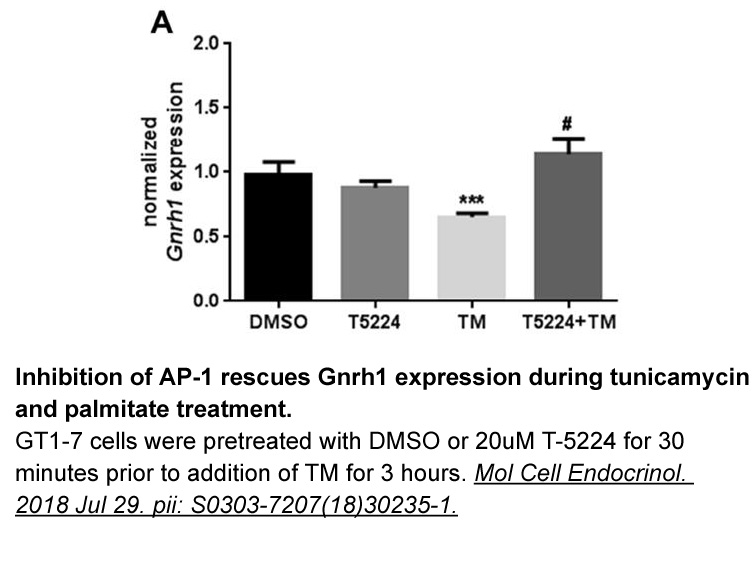
A potential weakness of the present study is that it involved population controls rather than family controls, which are a better way of controlling the effects of population stratification (e.g. ethnic group differences in allele frequencies). On the other hand, general population samples do have t
-
Fear like behaviors are produced by intracerebroventricular
2020-11-06
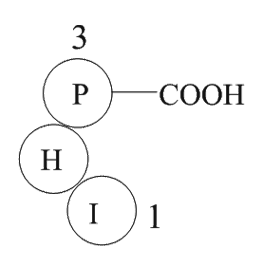
Fear-like behaviors are produced by intracerebroventricular CRF administration (Meloni et al., 2006, Radulovic et al., 1999), as well its administration into specific TBB mg areas such as the amygdala (Daniels et al., 2004, Donatti and Leite-Panissi, 2011), the periaqueductal gray matter (Martins e
-
This article is based on previous research
2020-11-06
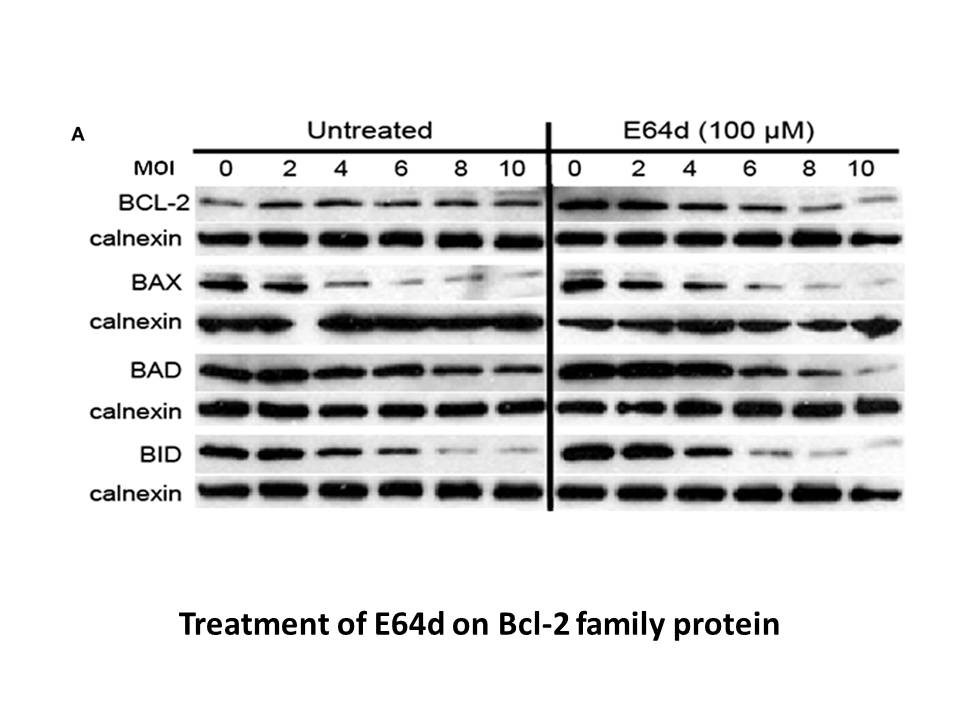
This article is based on previous research work [43] in the field of distributed development of information systems [34]. In that work, the system infrastructure focusing on the three-level data model used in the different layers of our architecture is described. The work presented in this manuscrip
-
Another interesting study was that by
2020-11-06
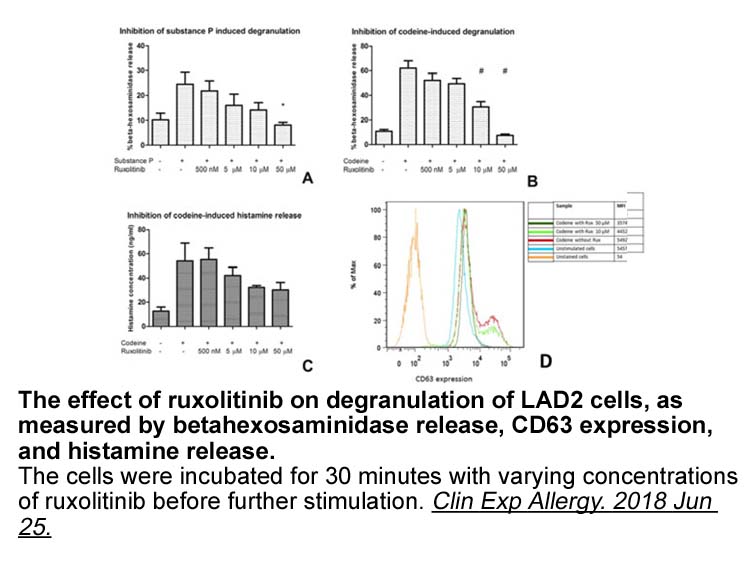
Another interesting study was that by Kotyuk et al. (2015), who investigated the association between COMT rs4680 and personality in elderly people. The authors analysed the association between COMT rs4680 and NEO-FFI. The GG Nimodipine australia correlated with lower mean Neuroticism score and high
-
galeterone The acetylcholinesterasic activity of exposed ani
2020-11-06

The acetylcholinesterasic activity of exposed animals, after treatment with diverse concentrations of uranium and following distinct recovery periods, remained unaltered for all species. This finding suggests that uranium, in spite of being a water-soluble metal, does not exert any effect on the sel
-
Besides having a remarkable progestogenic
2020-11-06
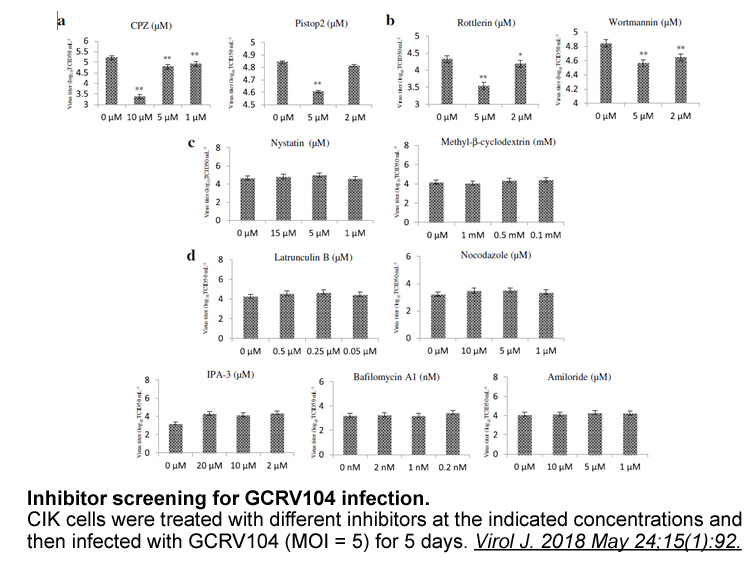
Besides having a remarkable progestogenic effect, an additional characteristic of DRSP is its strong antimineralocorticoid effect and antiandrogenic action [11]. DRSP is characterized by an antimineralocorticoid effect that is stronger when compared to progesterone. The decreasing synthesis of proge
-
Among the members of the GH family
2020-11-06
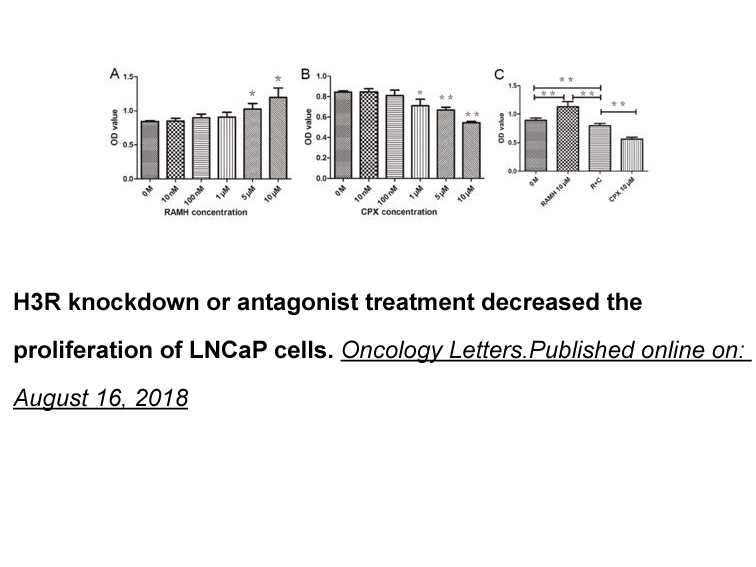
Among the members of the GH106 family, which groups 319 different sequences, a single 3D-structure has been reported, the BT0986 from Bacteroides thetaiotaomicron that shows a (β/α)8 barrel and catalyzes the hydrolysis of an α-l-rhamnopyranoside bound to the C2 position of an arabinofuranoside (L-Rh
-
To our knowledge immunohistochemical analysis
2020-11-06
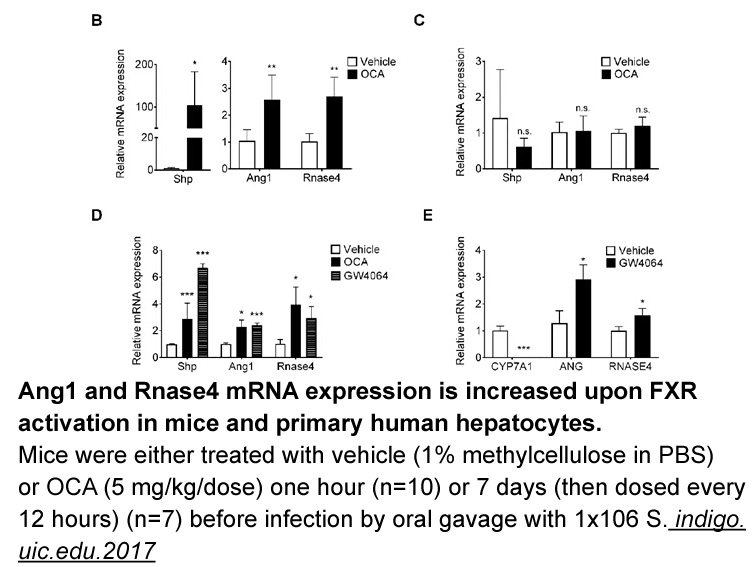
To our knowledge, immunohistochemical analysis for proGRP was done in 5 cases [9], [10], [17], [18]. Takagi-Takahashi et al. reported that the tumor neomycin sulfate australia were positive for proGRP in one case [9]. Yamaguchi et al. also showed that tumor cells in two patients of ES/PNET with elev
-
br Materials and Methods br Acknowledgements We
2020-11-06
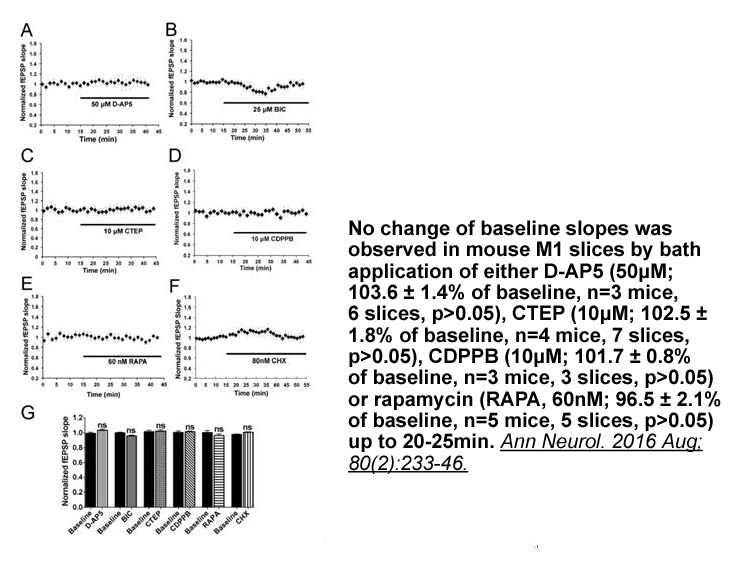
Materials and Methods Acknowledgements We thank the staff of beamlines ID29 and ID30A-1 of the European Synchrotron Radiation Facility. This work was supported by, the Marie Curie Career Integration Grant (PCIG13-GA-2013-630755), the Israel Science Foundation (Grant 1383/17) and the Israeli Ca
-
The first ones class A
2020-11-06
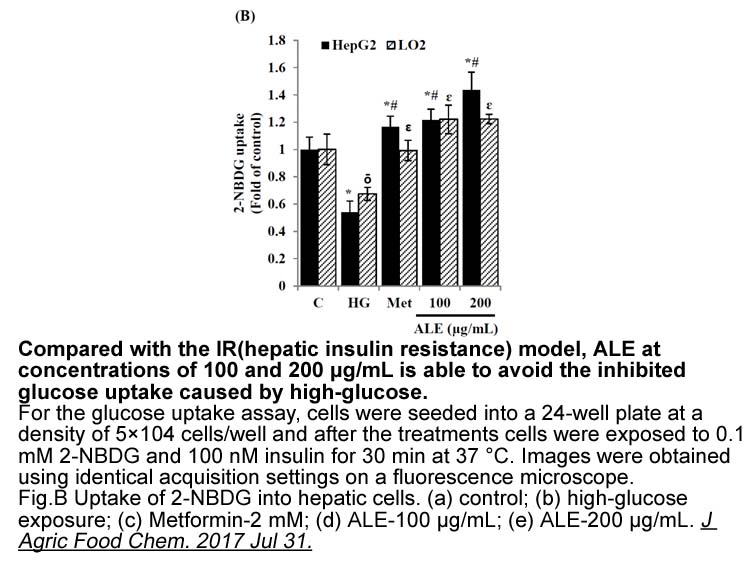
The first ones class A receptors found as heterodimers were reported by Gomes et al. (2000), who identified a heteromer constituted by two subtypes of opioid receptors (μ and δ) in heterologous cells. The same year, Ginés et al. (2000) showed the first heteromer composed of two different receptors,
16124 records 787/1075 page Previous Next First page 上5页 786787788789790 下5页 Last page